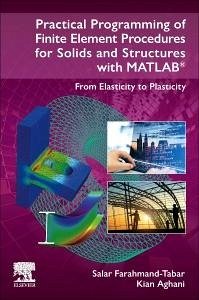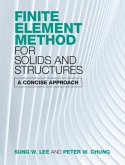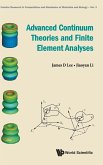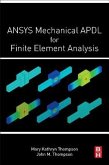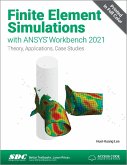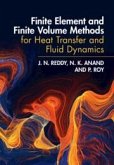Practical Programming of Finite Element Procedures for Solids and Structures with MATLAB®: From Elasticity to Plasticity provides readers with step-by-step programming processes and applications of the finite element method (FEM) in MATLAB®, as well as the underlying theory. The hands-on approach covers a number of structural problems such as linear analysis of solids and structural elements, as well as nonlinear subjects, including elastoplasticity and hyperelasticity. Each chapter begins with foundational topics to provide a solid understanding of the subject and then progresses to more complicated problems with supporting examples for constructing the appropriate program. The book focuses on topics commonly encountered in civil, mechanical, and aerospace engineering, with special situations in structural analysis, 2D and 3D solids with various mesh elements, surface and body loading, incremental solution process, elastoplasticity, and finite deformation hyperelastic analysis each covered. Code that can be implemented and further extended is also provided.

